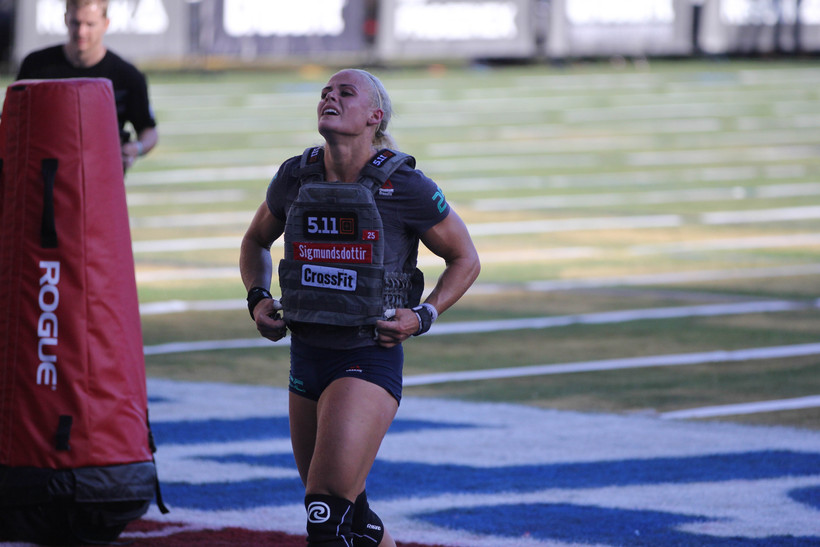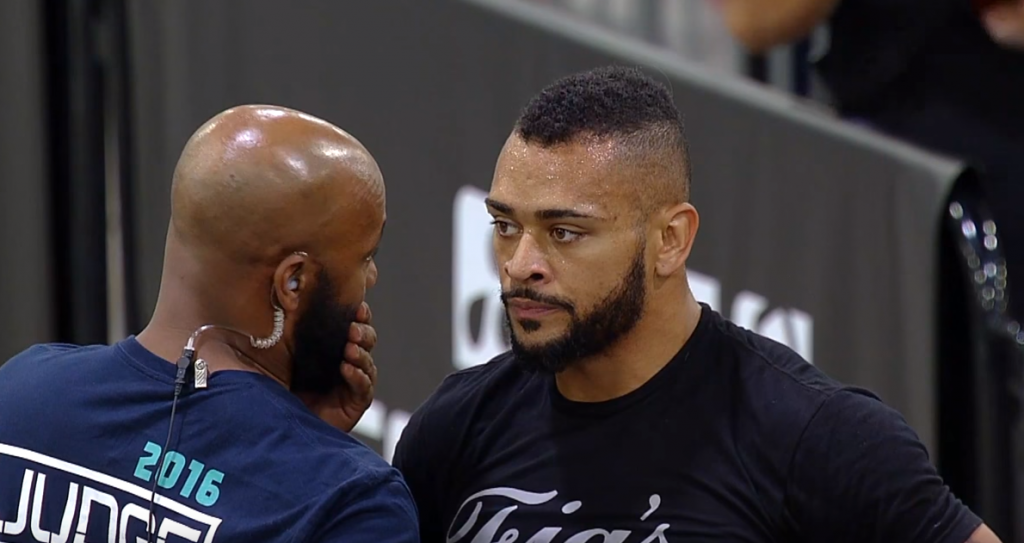Overtraining: what is it and how do I fix it?
Overtraining is an issue that’s been increasingly peaking my interest the more involved I get with sport psychology applied to CrossFit. The sport has experienced an exponential growth in the past years; now everyone wants a piece of the CrossFit Games’ cake.
Economic compensation is at an all-time high and the scenario for the sport is as international as it could be. All this makes for a very attractive goal: making it to the Games. Thing is, as more and more individuals strive for making it to Madison, athletes need to assume bigger sacrifices (in training and in life). This got me thinking: has the prevalence of overtraining also increased in CrossFit?
What is overtraining?
First, we need to conceptualize overtraining because it’s often mistaken with a usual practice in sports: functional overtraining. Progressive increase in the intensity and amount of work in training sessions leads to supercompensation, which ultimately increases performance levels. This is the goal at certain stages during the competitive season.
Non-functional overtraining, however, is a syndrome that appears when the intensity, duration and frequency of training sessions surpass the ability of the athlete to adapt. The overt consequence is a considerable decrease in athletic performance.
But that’s just the tip of the iceberg… the overtraining process begins way before that and in a very sneaky way since the symptomatology is quite diverse. The athlete suddenly seems more irritable, feels less motivated towards training, isn’t well rested and is more fatigued with submaximal efforts.
«If I train more than ever, why am I unable to perform?”
This is the initial point of a cycle that can have negative consequences (both physical and psychological) for the athlete if it isn’t managed in due time. In the most extreme cases, the athlete can end up abandoning the sport and retiring. That’s why our efforts must focus on preventing overtraining syndrome in high-level CrossFit athletes.
How to identify a case of overtraining
To learn how to identify an overtraining process we need to look at the first definition provided by McKenzie (1923) who described it as a “poisoning of the nervous system”. Since then, and thanks to a great number of studies (Hanne-Paparo, 1984; Pancorbo, 2003; Subiela & Subiela, 2011), we’re looking at this group of symptoms:
- Disturbances in the nervous system: restless sleep, loss of appetite, decrease in energy levels, attentional capacity and coordination, gastrointestinal disorders, changes in menstrual cycle, decreased testosterone levels, increased cortisol levels, elevation in resting heart rate and higher blood pressure.
- Disturbances in physical condition: decrease in VO2max, higher vulnerability for injuries affecting musculoskeletal system due to deterioration of the healing processes (repairing and regenerating muscle tissue).
- Psychological disturbances: decrease in self-esteem and self-confidence, emotional imbalance, boredom, unusual irritability or apathy
Overtraining encompasses a great variety of symptoms that, even if we’re able to correctly identify, can still be explained by other causes. Very few manage to diagnose an early stage of overtraining syndrome.
What seems to set the alarms is the physical consequences, which is obvious considering we’re moving in the context of sport performance; but it’s the psychological consequences that can confirm the presence of an overtraining syndrome. Evaluation of these consequences usually involves three areas (Suay, Ricarte and Salvador, 1998):
- Subjective aspects: athletes who are overtrained tend to perceive their efforts as something harder to endure even at intensity levels that are lower than they’re used to.
- Emotional consequences: sadness, recurring thoughts of helplessness, guilt, etc. related to their performance in training and competition.
- Behavioral consequences: apathy or even aversion towards training, which can lead to absence from training sessions and competitive events.
How to prevent overtraining in athletes
If we focus only on the physical aspect, a well-dosed training program that allows the athlete to fully recover would suffice. But we’re looking for a more permanent solution to the problem…and for that we need to work on the mind.
Improve stress management
Several authors compare overtraining syndrome with Selye’s General Adaptation Syndrome (Viru, 1984; Selye, 1957), which leads to believe there’s an intricate relationship between overtraining and chronic stress. That’s why we must provide the athlete with proper stress management tools.
High-performance athletes face a large list of stressors. Inadequate coping strategies and impaired emotional management will only make it worse. Training these psychological skills play a pivotal role in prevention of overtraining.
Program stimulating training sessions
In the long run, monotony in training can become a stressor for the athlete (Márquez, 2006), which is why the athlete needs a diverse and stimulating program. This doesn’t mean we should eliminate boring monostructural conditioning sessions altogether and do cool metcons forever; it’s a matter of having the athlete face new stimuli each day to allow them to explore their potential and relieve some pressure.
Many athletes adore the “unknown and unknowable” aspect in CrossFit because when faced with something new, they don’t know what to expect and, in the absence of self-generated expectations, they really shine. May they never lose the opportunity to surprise themselves.
Correct irrational beliefs
Although I left it for last, this is the priority. High-level athletes usually come with a great deal of sport-related irrational beliefs: “rest day? How do you train that muscle”, “more is better”, “if I stop, I’ll be left behind”. At the core, all these beliefs share a common thread: fear.
Fear to fall behind, fear that we won’t peak in time for competition, fear of letting down our friends and family… If we don’t work on that fear, no matter how stimulating and well-dosed our training program, we’ll end up with the same result.
We need to know where this fear comes from and have the athlete look it in the eye. Athletes will generate these thoughts sooner or later and they must be ready to beat them to the dirt as soon as they show up. Deliberately choosing our thought content is the most efficient prevention method.

“I can’t do well if I’m not enjoying what I’m doing”
Sara Sigmundsdottir
At the 2016 CrossFit Games Sara Sigmundsdottir showed an uncharacteristic apathy that caught us all by surprise (and she still managed to pull-off a third-place finish overall). She said it herself: “what I think I did wrong last year [CrossFit Games 2016] was stop enjoying myself”.
If you want to progress in CrossFit (or in any sport for that matter) and you’re ready to make the necessary sacrifices to do so, don’t forget to enjoy the process! The joy of qualifying for a sanctional or winning a competition comes and goes in the blink of an eye; what’ll stay forever is the long, grueling training sessions you had during the entire year. If you don’t enjoy those days, you won’t last too long.





